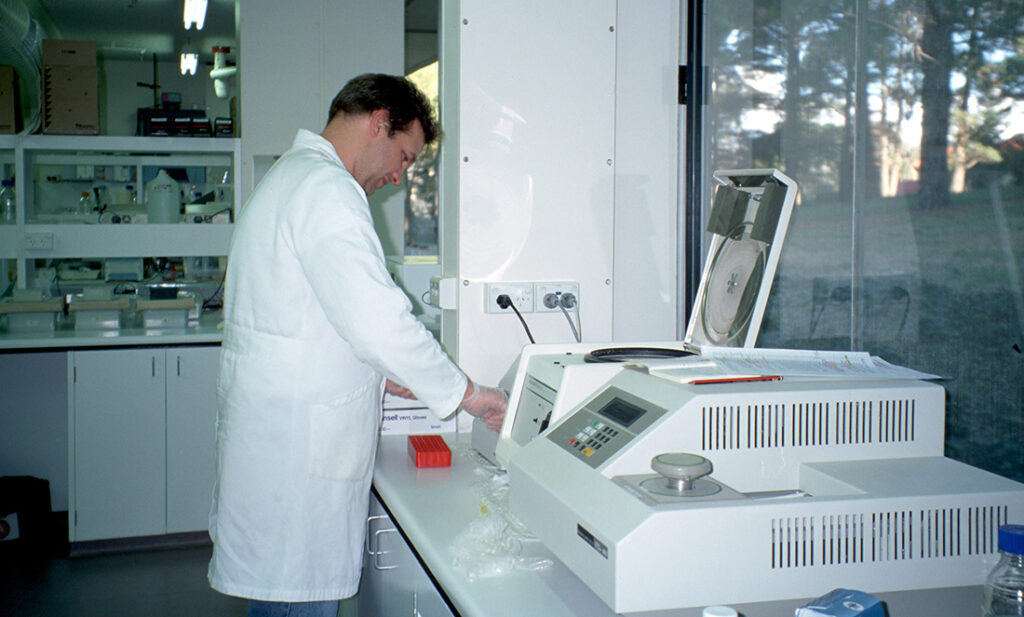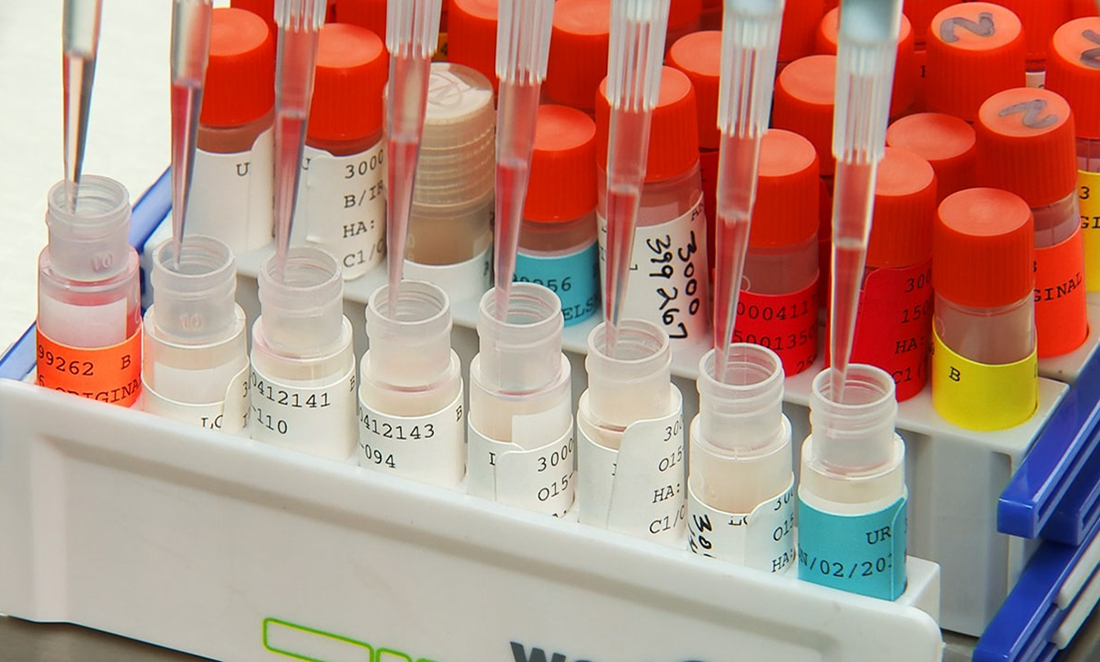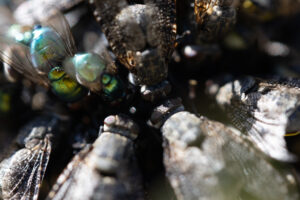From 1960 to 1990, researchers from the Australian National University (ANU) drove out to some of Australia’s most remote communities.
The researchers went with the goal of obtaining blood from volunteers, and they left with 7,000 samples from 43 different communities.
It’s the beginning of a story about Aboriginal peoples and how their genomes could be used by researchers.
The human genome
Each person has a genome that acts as a complete library of that person’s DNA. Every cell in your body is centred around a copy of this genome, which is why just one cell is enough to get the plans for an entire human body.
But genomes can also be studied to learn more about a population’s past.
They can be used to better understand health risks and develop treatments for genetic diseases, such as cystic fibrosis and Duchenne muscular dystrophy.
Dr Emma Kowal is a cultural and medical anthropologist at Deakin University, specialising in Aboriginal health.
She says studying genomes is a vital part of treating these diseases.
“Rare genetic diseases affect 6 to 8% of people,” says Emma. “These genetic differences are quite important. We’re using precision medicine to try and treat them now.”

By mapping human genomes, researchers can gain a better understanding of genetic mutation and genetic diseases.
To do this, researchers need to map a large number of human genomes to create a reference – essentially, an image of what a ‘normal’ genome looks like.
But with roughly 80% of mapped human genomes coming from people of European ancestry, ‘normal’ becomes synonymous with ‘white’.
Our ancestry bias
“There’s a bias against specific ancestries,” says Emma. “In this country, Aboriginal and Torres Strait Islander peoples are the big issue.”
There are several reasons why most of the genetic data is from Europeans.
European-ancestry countries tend to be wealthier, allowing more funding in genetic technologies – although China and other Asian countries are quickly catching up in genome mapping.
Another major factor is the distrust Indigenous groups around the world have towards genetic technology.
The Human Genome Diversity Project was an early attempt by researchers to create a database of the world’s population by mapping their genomes.
Dubbed the “Vampire Project” by its opponents, genetic samples were not always taken with permission.
This led to Indigenous peoples around the world protesting the research as being colonialist.
On the record
Unlike other forms of medical samples, once a genome is mapped, the information exists permanently.
“It’s long-lasting, very personal data. It’s a complex health data issue,” says Emma.
“The real issue is that people are participating in something that will persist and be used to inform research, possibly beyond their lifetime.”
Genome technology has the ability to improve medical treatments and design better medicines for patients.
Without a diverse collection of genomes, these treatments and medicines will be designed to work on those with mostly European ancestry.
This widens the already large healthcare gap between Aboriginal peoples and white Australians.
Once a volunteer’s genome is mapped, the information can be retained long after their death.
It can be subject to abuse or mismanagement or used in ways the volunteer never gave permission for.
What to do with the samples?
For now, the National Centre for Indigenous Genomics (NCIG) – the wing of the ANU responsible for the collected samples – is dealing with this issue by returning to those communities and having an Indigenous majority governance board.
“Our primary mission is to right what is seen as a wrong,” says NCIG Director Dr Simon Easteal. “There were no ethics committees back then. We don’t know what people knew and what they agreed to.”
“We’ve come back to ask what [these communities] want us to do with this.”
The NCIG has also created a strict permissions process.
Anybody wanting to use the samples for genomic research has to seek permission from the original volunteer or their descendants for every instance of use.
So far, this process seems to be working.
WA researcher Dr Gareth Baynam was able to identify a new genetic disease afflicting an Aboriginal family with the help of genome mapping.
There is still a severe shortage of mapped genomes from Aboriginal peoples, which creates a hurdle for medical treatment.
Likewise, the risk of abuse through colonial genomics still exists. But with Indigenous leadership, these samples will continue to be protected by their communities.
Participants from these sample collections were approached through the Tiwi Land Council for this story. In the interest of privacy, they asked not to be interviewed.









